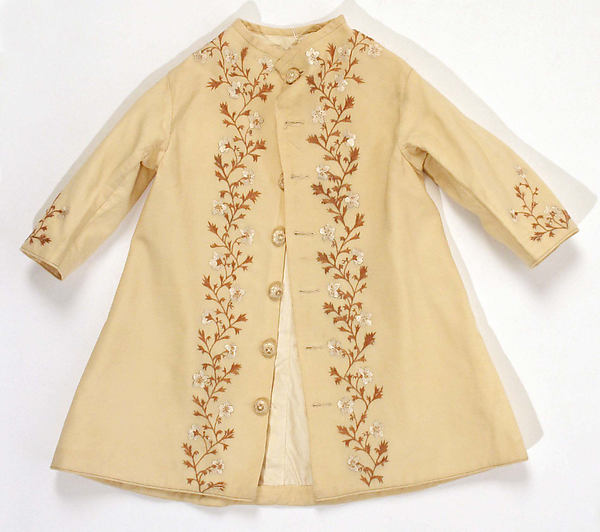
The Challenge: "T" Time. Make a light dish or confection suitable for tea. Or anything with the letter "T". I decided to revisit my solo tea party menu, and noticed that I hadn't yet made rusks (and alternative to wigs on the tea table, per Mrs. Crowen's recommendations).
The Recipe: Rusks from The Economical Housekeeper by John Walsh ("assisted by a company of ladies")
The Date/Year and Region: 1860, London
How Did You Make It: I did the full quantity this time: melted 2 oz of butter and combined with 1 cup milk; mixed 1 lb of all-purpose flour with 2 oz granulated sugar; beat 1 egg, and added it to the flour mixture along with 2.5 tsp active dry yeast (substituting for 2 Tbsp fresh), then mixed in the milk/butter, and let it all rise for an hour. At that point, I had more of a dough than a paste, but I read the instructions to 'work up into a paste' followed by cutting into strips as flattening the dough somewhat. I ended up using my hands rather rolling the dough out flat, but then proceeded to cut it into squares and let them rise another hour (plus the time required to pre-heat the oven). I baked the rusks for 10 minutes at 350F, which produced neat little square buns: cooked through and barely starting to brown. After letting them cool overnight, I again pre-heated the oven to 350F, then promptly turned it off and set the rusks back in to dry. After 40 minutes or so in the cooling oven, they had darkened substantially, so I took them out to avoid overcooking. This batch made 12 palm-sized rolls.
Total Time: About 20-30 minutes total mixing and shaping, a bit over two hours rise time, 10 minutes to bake; overnight cooling time and another 30-60 minutes to bake a second time. Make at least the day before needed; not a ton of active work, mostly lots of waiting time.
Total Cost: About $1 worth of dairy, plus pantry staples.
How Successful Was It?: Despite posible over-cooking on the 'drying' step, they're quite edible. I tried one before the second bake, and found it a rich, fairly light roll. The flavor was slightly insipid: not so much sweet as 'lacking salt'. I found some butter or preserves made up for this deficiency. All told, these remind me of sally lunn buns, but more shelf-stable. I assume the second bake is to promote this stability, so they can be baked a few days in advance rather than the exact same day.
After the second bake, the rolls were quite dark and crispy on the outside (I think I should have let the over cool a bit more before putting them in). They were still perfectly soft on the inside, and again tasted fine with jam. Just looking at the related recipes in this book ('bread rusks', 'tops and bottoms'), the darker color may be a good sign, but I suspect that a longer bake in a cooler oven is really needed to dry out the interiors.
I'll need to tweak the cooking time/temperature a little on the second bake, but even so I think that rusks will make a good addition to my receipt rotation. I really like that they can be made in advance, but still have the rich flavor and fine texture of other tea-time rolls and buns. And even if a longer bake changes the crumb, I think the convenience will make these more than worthwhile.
How Accurate Is It?: I used the modern oven and yeast, but my largest qualm is the shaping step. I like the size and appearance of the rusks I got, but don't know how accurate they are. Will likely need to find more sources to refine this in the future.
 |
| Rusks |

